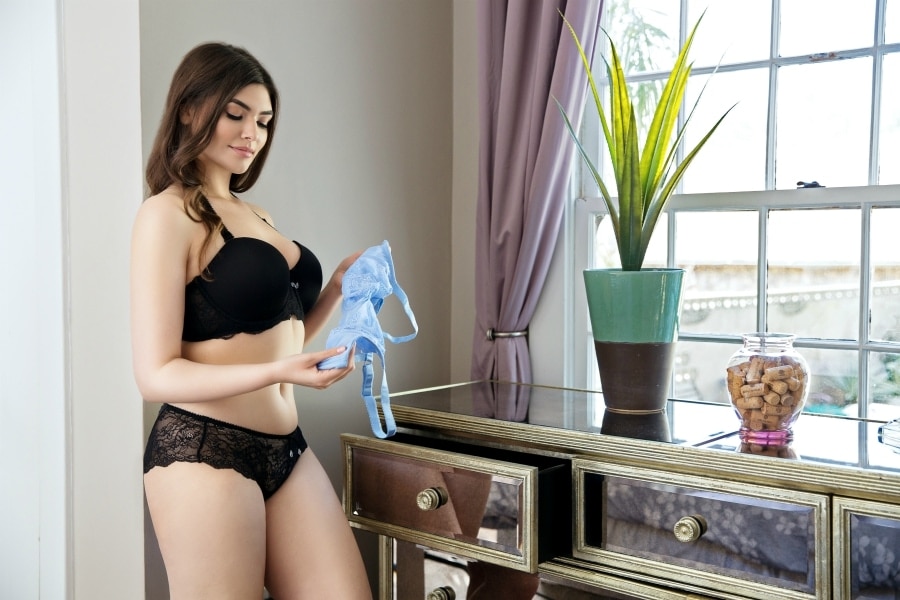You’ve got the exercise part down, and you’re smashing your workouts. But did you know recovery (rehydrating, replenishing lost nutrients, and feeding those muscles) is huge part of making sure you’re getting the most out of your fitness routine? Rachel Berman, a registered dietician, says “a 4:1 ratio of carbs to protein has been proven to be really efficient for replenishing amino acids and repairing the muscle that’s been broken down during strength training.” Exercise exhausts your muscles, but protein and carbs can replenish the lost stores of energy you’ve used up while kicking butt.
You also need to reduce inflammation from any muscles you may have damaged while making them stronger, which is why Elizabeth Jarrard, another dietician, suggests including foods that are rich in antioxidants and omega-3 fatty acids. So carbs, protein, lots of antioxidants and a little fat? Got it. Recover like a pro with these post-workout foods. Here’s what to eat after a workout:
1. Eggs
You don’t need me to tell you that eggs are a versatile and protein-packed snack. The easiest way to enjoy them post-workout is by keeping a stash of hardboiled eggs in the fridge and just eating them at your leisure. They are also good on salads or toasts. Scrambled, hardboiled, and poached are a little healthier than their fried brethren, but your make them however you like. You can even throw them in a pancake recipe (just be sure to add some fruit so you can say you got one of your five a day).
2. Greek Yogurt
Besides just sticking a spoon into a tub of greek yogurt, you can also add berries, nuts, or oats and making it an even better, protein packed snack. My favorite oat-and-yogurt combo is overnight oats. Just throw in some frozen fruit and refrigerate for a delicious next day post-workout snack.
3. Watermelon
Great to just snack on all by itself, watermelon is hydrating and delicious. You can also blend it into a smooth if you want your recovery on the go.
4. Chocolate Milk
This herald from your childhood is actually a really great post-workout drink. It combines protein, a little fat, and also sugars to help your muscles bounce back. Enjoy it all by itself, or throw it in a blender with bananas and peanut butter for a seriously protein packed smoothie.
5. Sweet Potato
You don’t have to spend a lot of time heating up your sweet potato. Sure, they are delicious roasted with some herbs and spices, but you can also just throw one in the microwave. Slice it into wedges, stuff it with cheese or mash it up as a side dish. Versatile and healthy, you really can’t go wrong with sweet potatoes.
6. Quinoa
Did you know you can actually eat quinoa for breakfast? I didn’t. It’s another grain similar to oats that you can heat up, flavor with peanut butter or cinnamon, and pack with fruit for a great breakfast treat. Or you can throw it in salads with some nuts for a protein packed meal lunch.
7. Turkey
Another versatile protein, turkey can be added to salads, pasta, sandwiches, wraps – the list goes on. Try rolling turkey slices in lettuce and enjoy in wraps with spicy mustard or place turkey in a whole-wheat pita and garnish with avocado and tomato salsa. Sorted.
8. Peanut Butter
I saved the best for last. Peanut butter is everyone’s favorite snack, and it’s a great source of protein. You can spread it on a bagel, on top of pancakes, stir into oatmeal, throw in a smoothie, or dunk apples or bananas into it. The list of ways to enjoy peanut butter is truly endless.
If you’re a vegan, don’t disappear, we leave no man or woman left behind in the quest for physical fitness! Some of these snacks are vegan friendly, but there are also entire vegan meals that are great for post-workout recovery. And if you’re a carnivore, you can just throw some protein into these meals too. Versatile, and good for the entire family. Enjoy!












